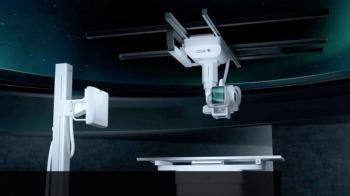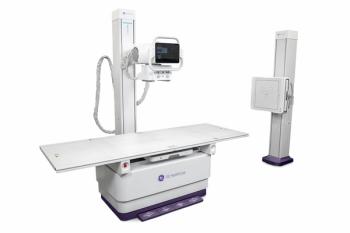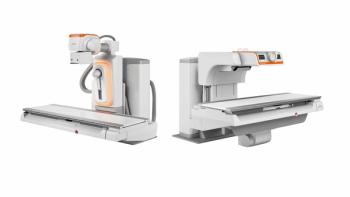
Hospitals embrace digital technology in radiography
Demand for digital and computed radiography has boomed of late, and there’s no sign of pulling back among U.S. hospitals.
Demand for digital and computed radiography has boomed of late, and there's no sign of pulling back among U.S. hospitals.
Data analyzed by IMV Medical Information Division, a marketing research and consulting firm specializing in medical imaging, indicate that, in the coming years, 42% of U.S. hospitals with 100 or more beds plan to buy DR. Another 24% are planning to buy DR along with CR. This anticipated embrace of these two digital modalities comes on the heels of an explosion in DR and CR popularity.
From 1999 to 2006, the percentage of U.S. hospitals with 100 or more beds using flat-panel DR grew from 10% to 42%, according to IMV. The biggest jump - from 22% to 42% - came from 2002/2003 to 2005/2006.
The surge in DR popularity was accompanied by a similar surge in CR. Nearly three-quarters of the hospitals surveyed in 2005/2006 by IMV were using CR, up from about a quarter of the sites in 1999.
CR is staving off encroachment from flat-panel technology, according to Lorna Young, IMV senior director of market research. Among the sites reporting plans to purchase x-ray equipment, 23% plan to buy CR rather than DR.
There are several reasons for CR's appeal. DR systems are still too expensive for some sites, according to Young, a conclusion that leads some to choose CR over flat-panel products. Among the other reasons are perceived limitations with DR.
"Some sites said some applications require conventional systems, for portable exams or certain types of needs, like shoulders and cross-table views - things they think they can't do on DR," she said.
Compatibility with installed systems figured high on the list of purchasing criteria, Young said. CR typically wins out when this factor is at the top. It does not top all lists, however.
"Some sites are willing to make the break and get all DR," she said. "It depends on who they are and what they are trying to do."
DR purists are the exception, however. Young notes that they compose a "very small percent" of hospitals.
IMV analysts estimate that in 2005/2006, the 4860 hospitals in the U.S. were operating 16,510 radiography systems, both conventional and digital. Most new equipment purchases at these sites are designed to convert departments to digital imaging. But conventionalists still hold sway over a substantial number of planned purchases.
About 11% of IMV survey respondents planning to buy x-ray equipment in the coming years will buy film-based systems. These stalwarts are counterbalanced by the relatively few sites that have transitioned completely to DR or plan to do so in the near future, Young said. The middle is populated by a mix of technologies.
"We found that the sites going to DR are gradually making this changeover from their installed base," she said. "It is not an overnight thing."
Newsletter
Stay at the forefront of radiology with the Diagnostic Imaging newsletter, delivering the latest news, clinical insights, and imaging advancements for today’s radiologists.




